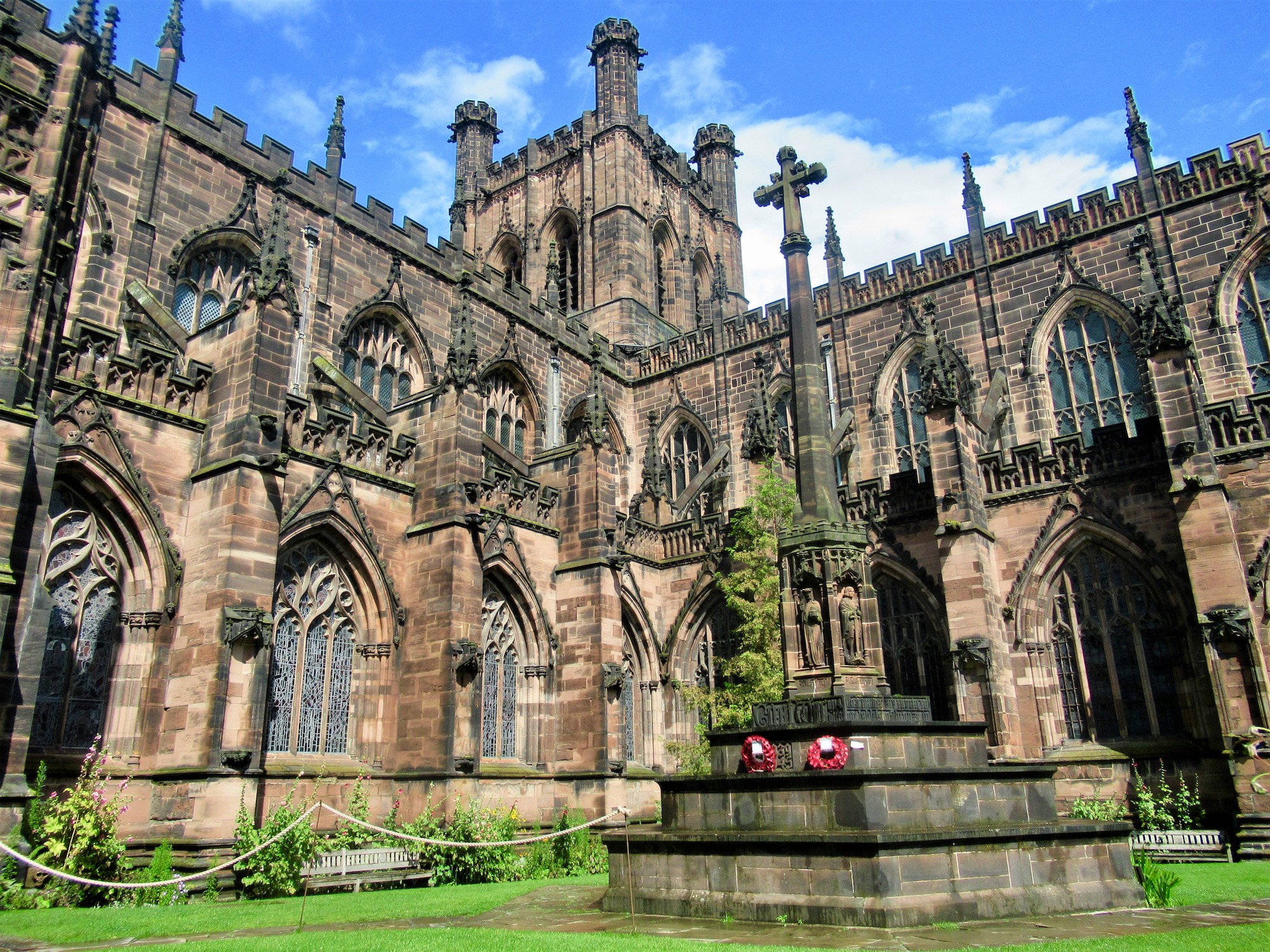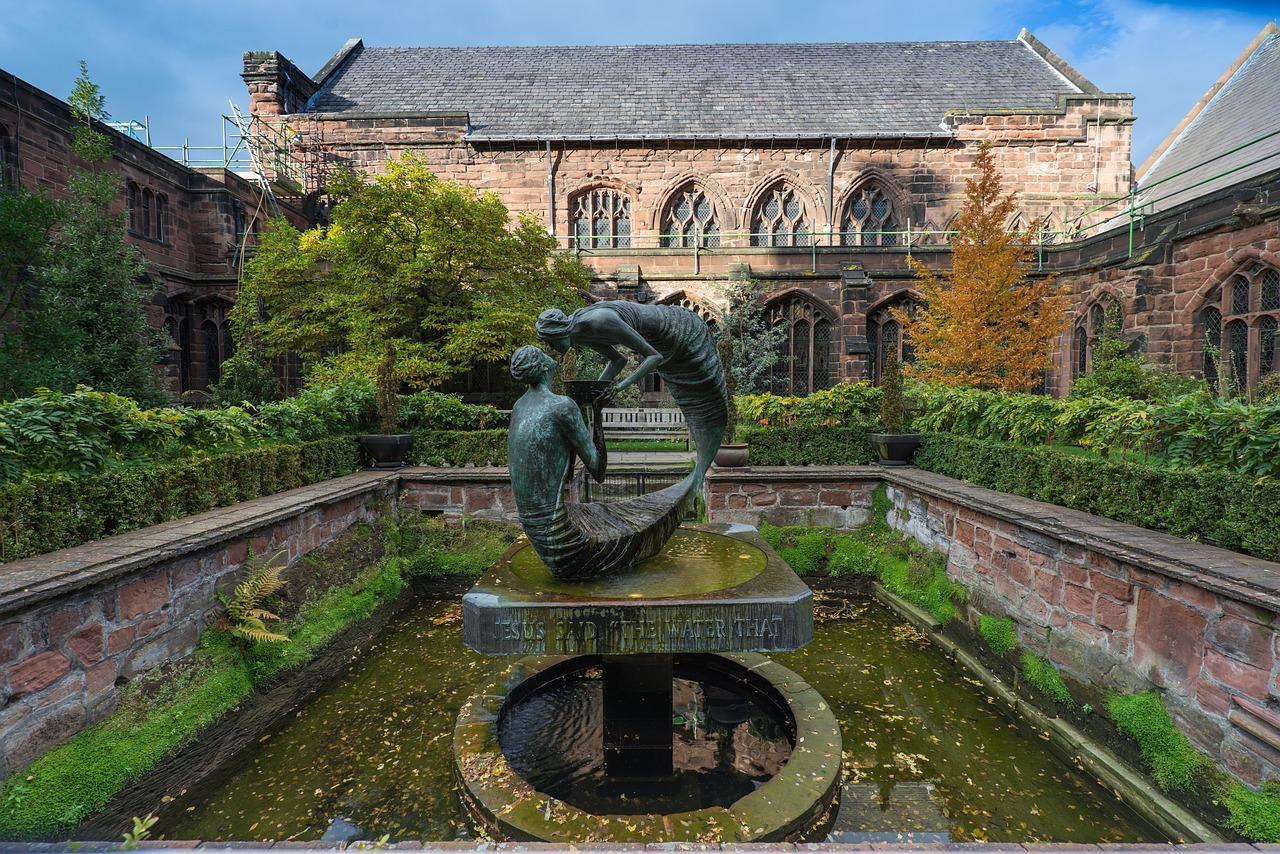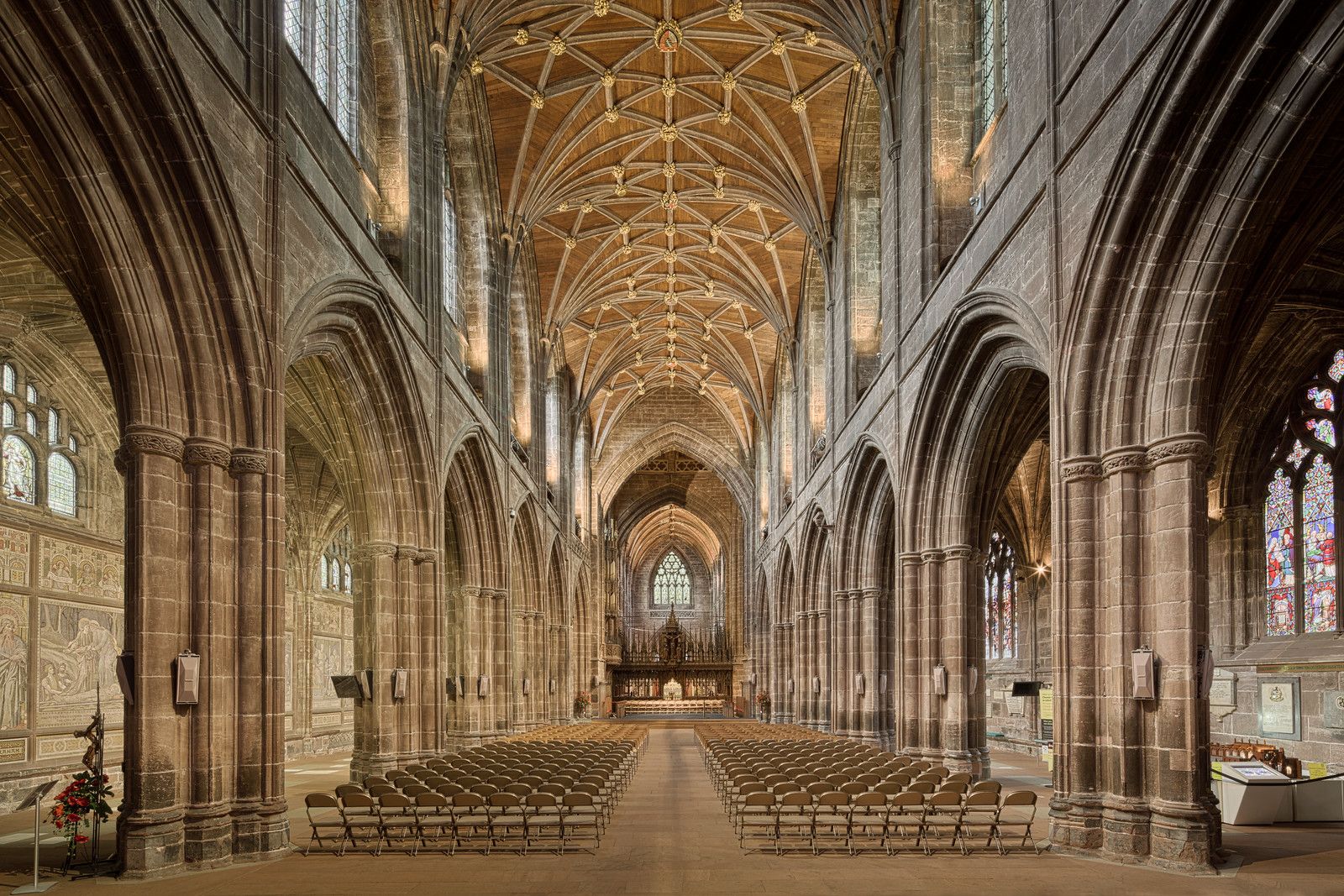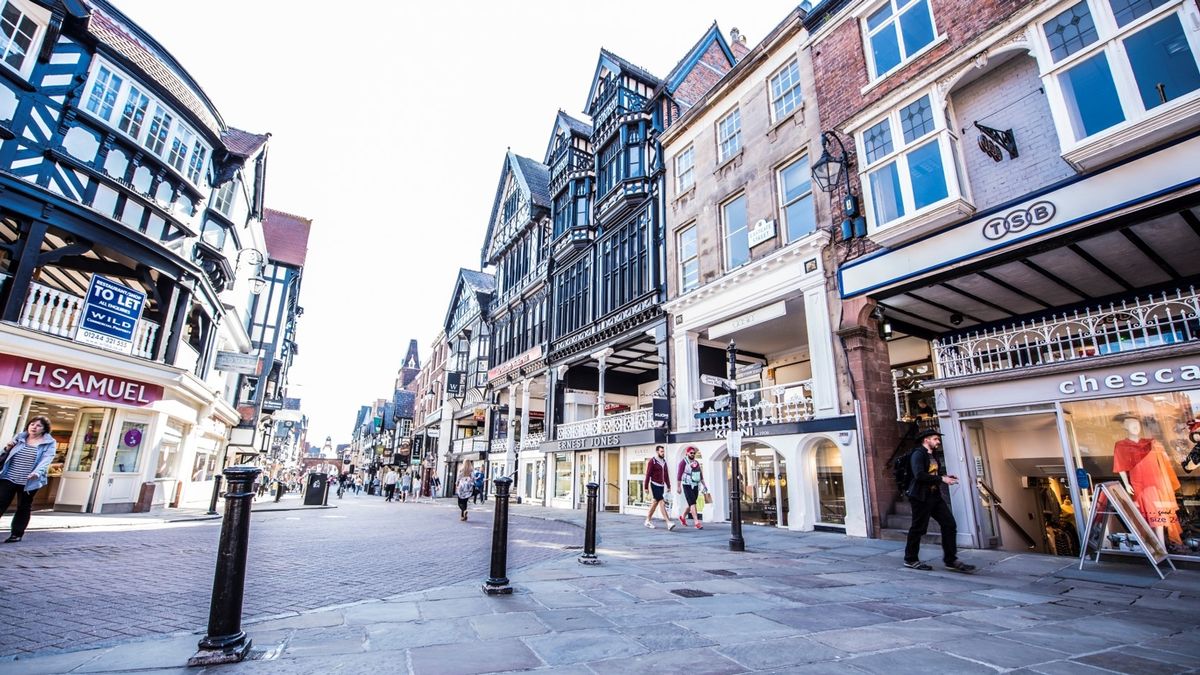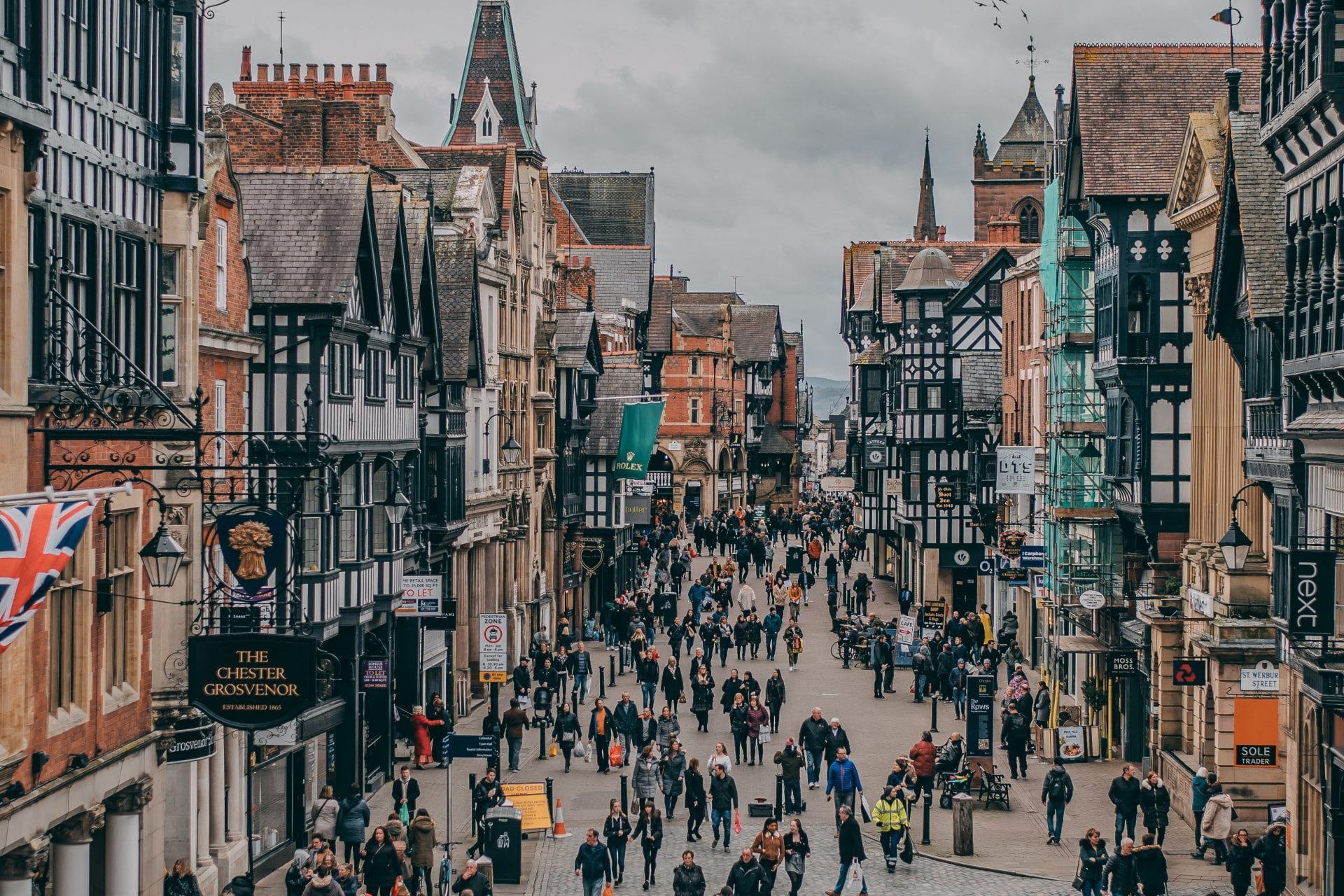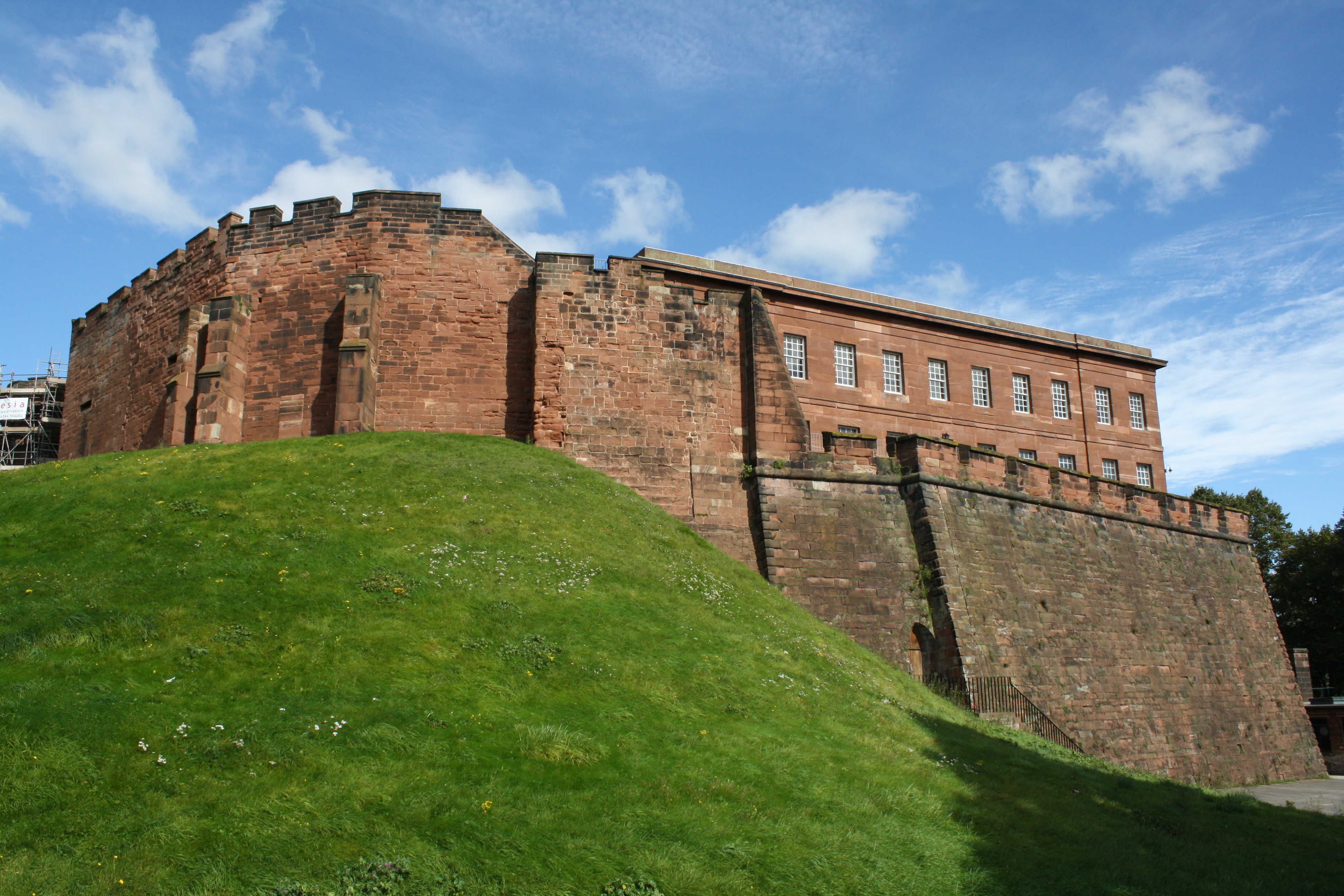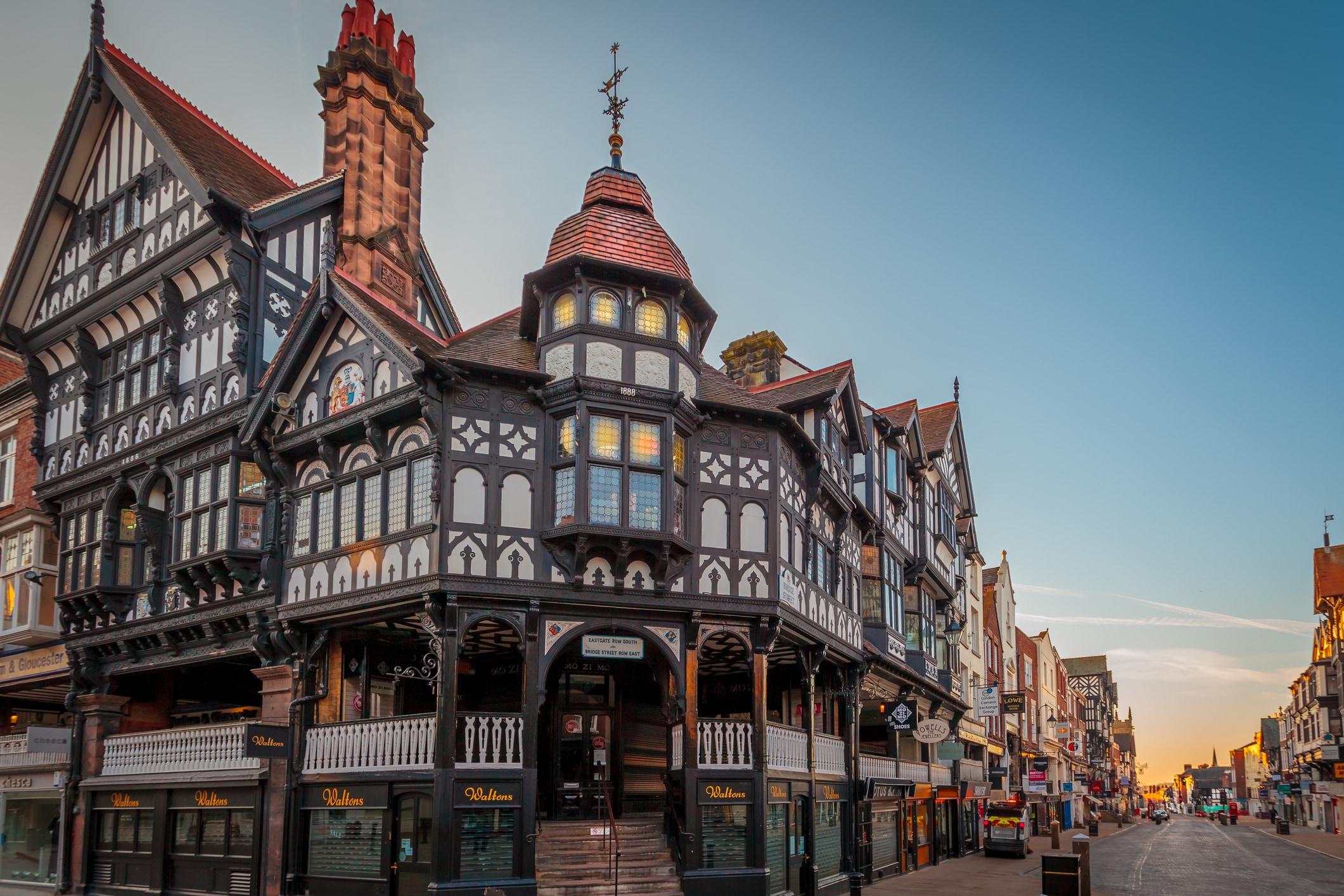Explore ancient and medieval Chester from Liverpool
 Photo permit included
Photo permit included
 Tour by public transport
Tour by public transport
 Canal Boat tour included
Canal Boat tour included
 Train tickets included
Train tickets included
 Suitable for little children
Suitable for little children
 Wheelchair accessible tour
Wheelchair accessible tour
 Museum ticket included
Museum ticket included
 Light snack included
Light snack included
 Lunch included
Lunch included
 Transportation included
Transportation included
 Walking Tour
Walking Tour
Liverpool is situated on the estuary of the River Mersey. It is the fourth largest city in the United Kingdom. It is a main port and chief commercial centre. The city forms a crescent on the eastern bank of the Mersey.
Long stretches of docks and warehouses line the waterfront area.
The Mersey estuary is linked by a ship canal with Manchester and other nearby industrial cities. The economy of Liverpool is based largely on shipping and related businesses. Liverpool has a rich seafaring heritage and is highlighted by the famous song ‘Ferry across the Mersey’ and this certainly is the best way to see the amazing waterfront. The Three Graces, The Liver Building, and The Cunard Building are all famous landmarks. The Pier Head area forms part of the Liverpool Maritime Mercantile City, which is a UNESCO designated World Heritage Site. Liverpool is famous for having two Cathedrals as well as two Premiership football teams, Liverpool and Everton. Their stadiums are situated at either end of Stanley Park. Liverpool is also home to the famous Beatles, both John Lennon and Paul McCartney had their childhood homes in the Allerton area of Liverpool, and this was the inspiration for some of their most famous songs including Penny Lane and Strawberry Fields.
What's included
- Englishs-speaking guide
- Pick-up and drop-off
- Transportation
- Food and drinks
- Entrance fees
- Personal expenses
- Pick-up and drop-off at the port of Liverpool
Highlights
Itinerary
09:00
You will be met at the port and guided to your air-conditioned transportation ready to commence our tour.
The journey to the walled City of Chester will take approximately 40 minutes.
On arrival you will enjoy a short panoramic coach tour and see great architectural treasures including the Roman Walls and Amphitheatre and the unique half-timbered medieval Rows. You will then leave a coach for a guided walk around the sandstone walls, which bear testament to the various invaders, and defenders who have shaped English history up to the modern day. The basic street plan inside the walls has changed little from Roman times and each of the ancient and medieval towers has its own story to tell. There are plenty of great photo opportunities.
The guided walk on the walls will take approximately 90 minutes; most of Chester’s other famous and interesting landmarks including the magnificent Cathedral can be seen from or nearby the walls.
Chester is renowned for its quirky little independent shops, bars and restaurants alongside the larger High Street Stores and there’ll be opportunity to purchase lunch and souvenirs (not included). Time permitting you can visit the Chester cultural museum or walk down a virtual Roman street in the Deva Experience Museum, alternatively take a relaxing river cruise, or visit the Cathedral or Chester Castle.
